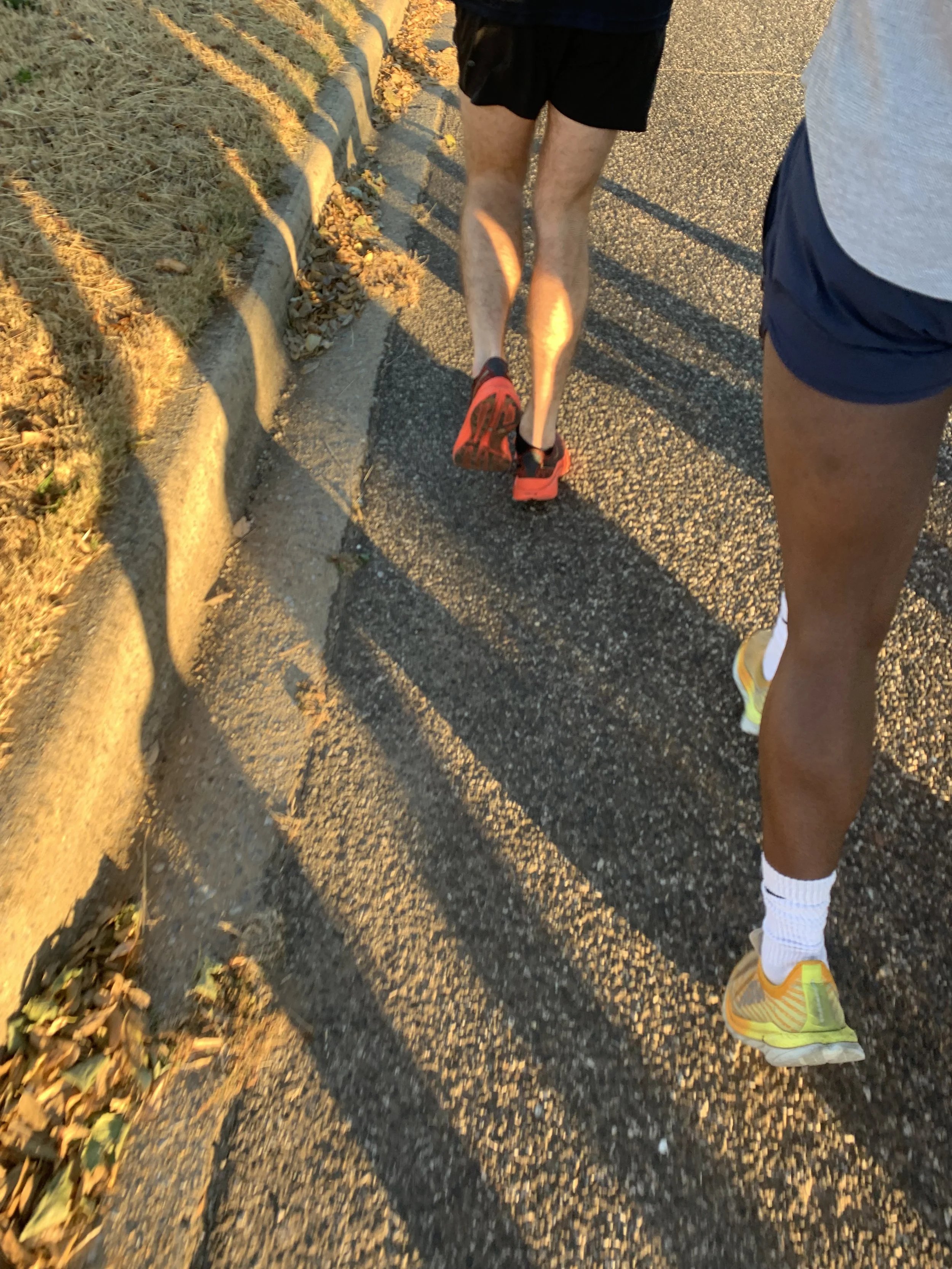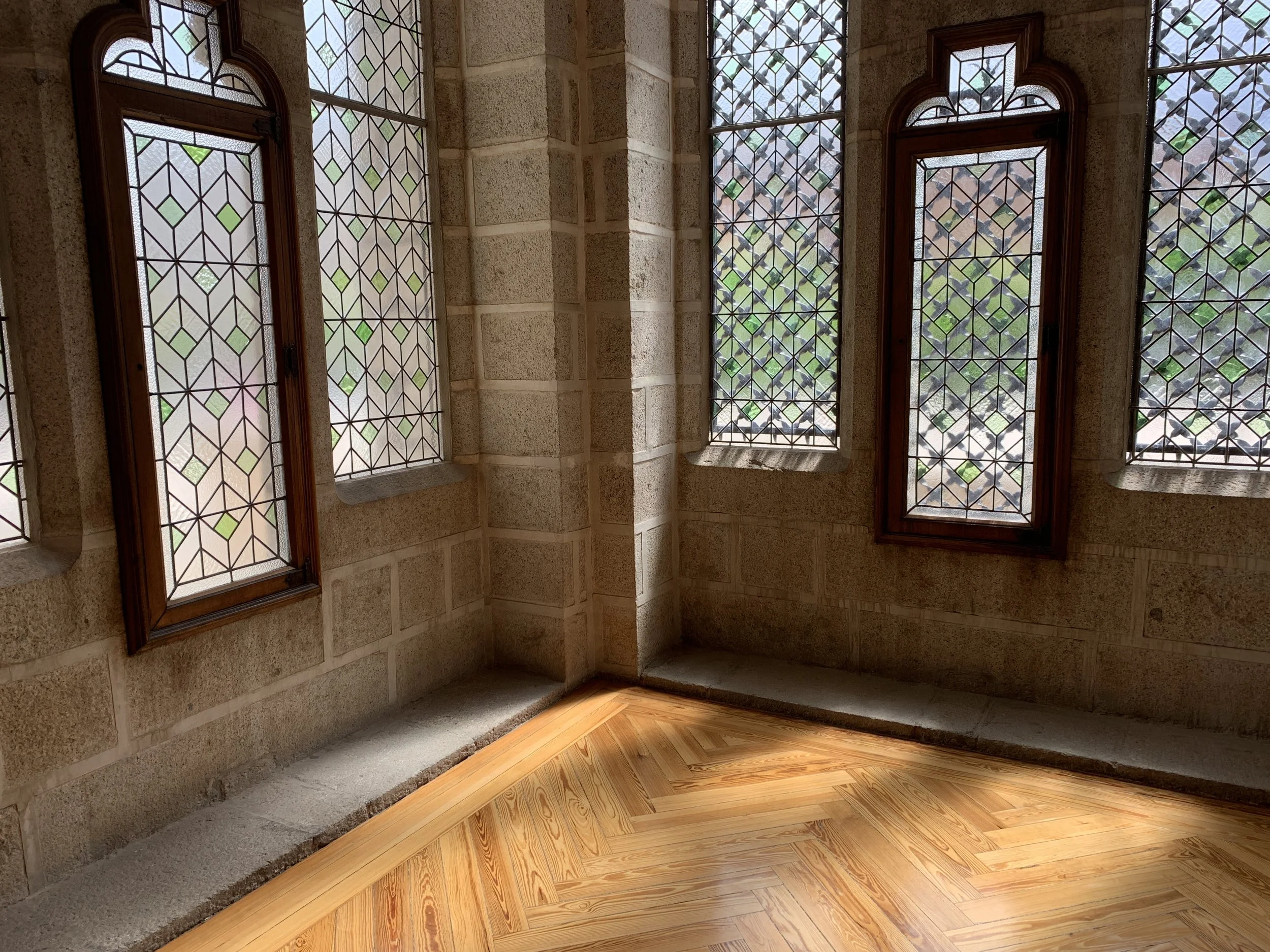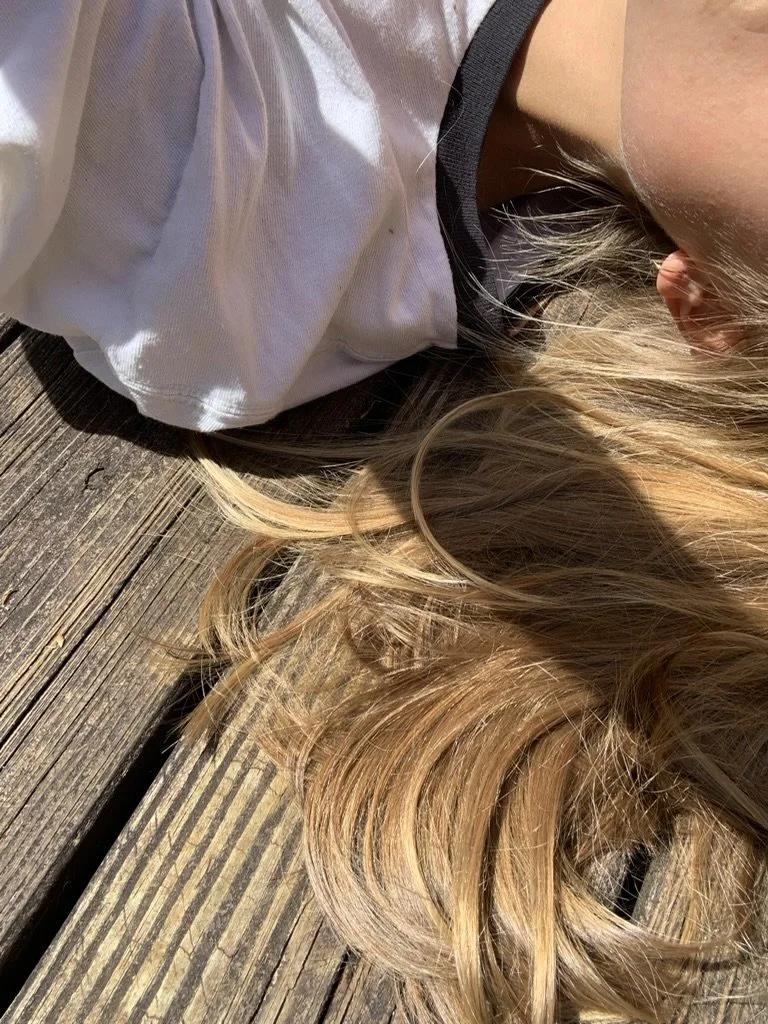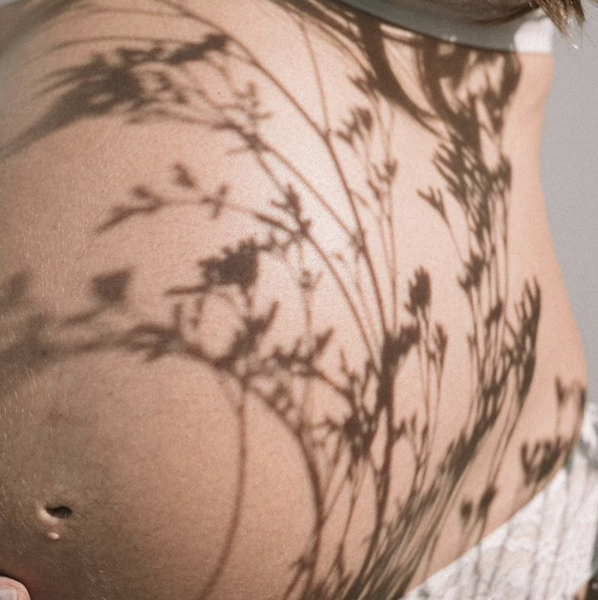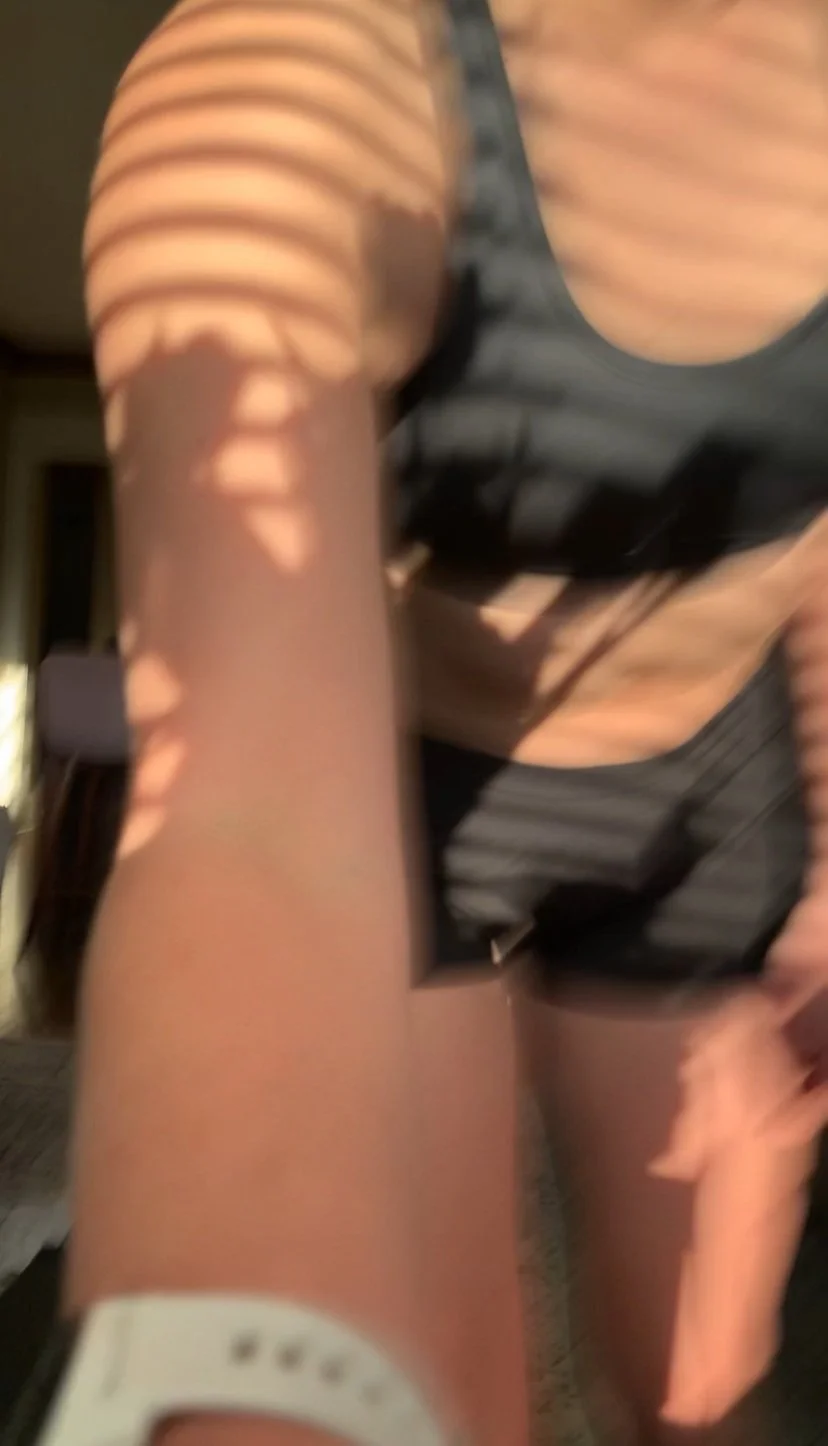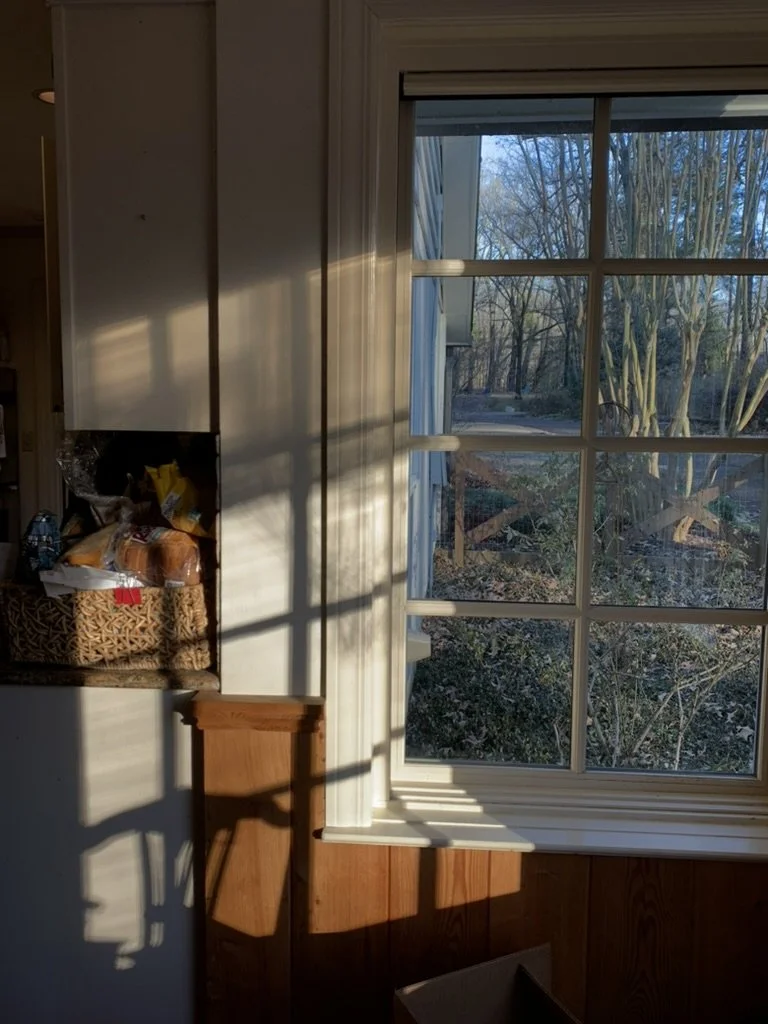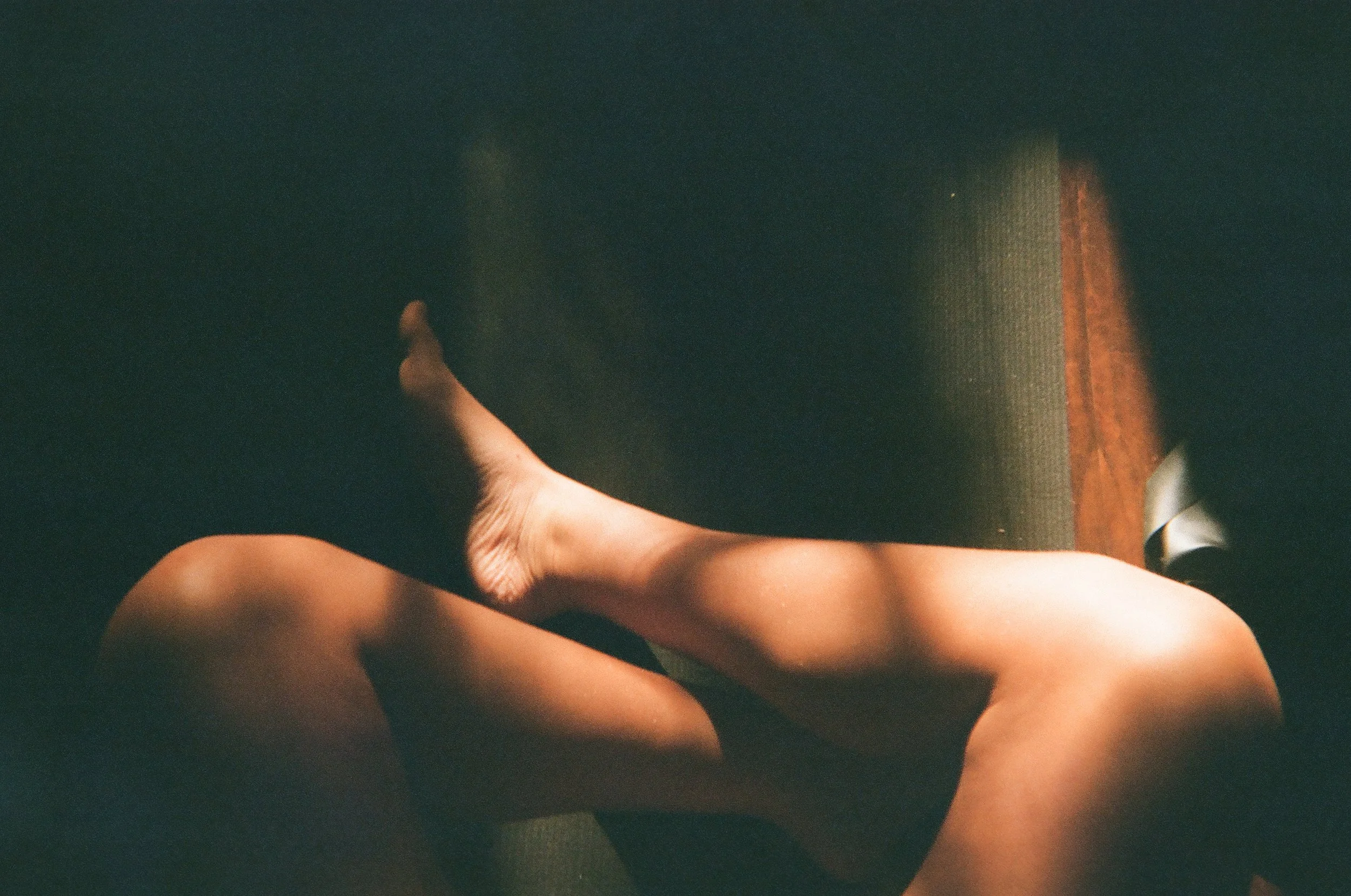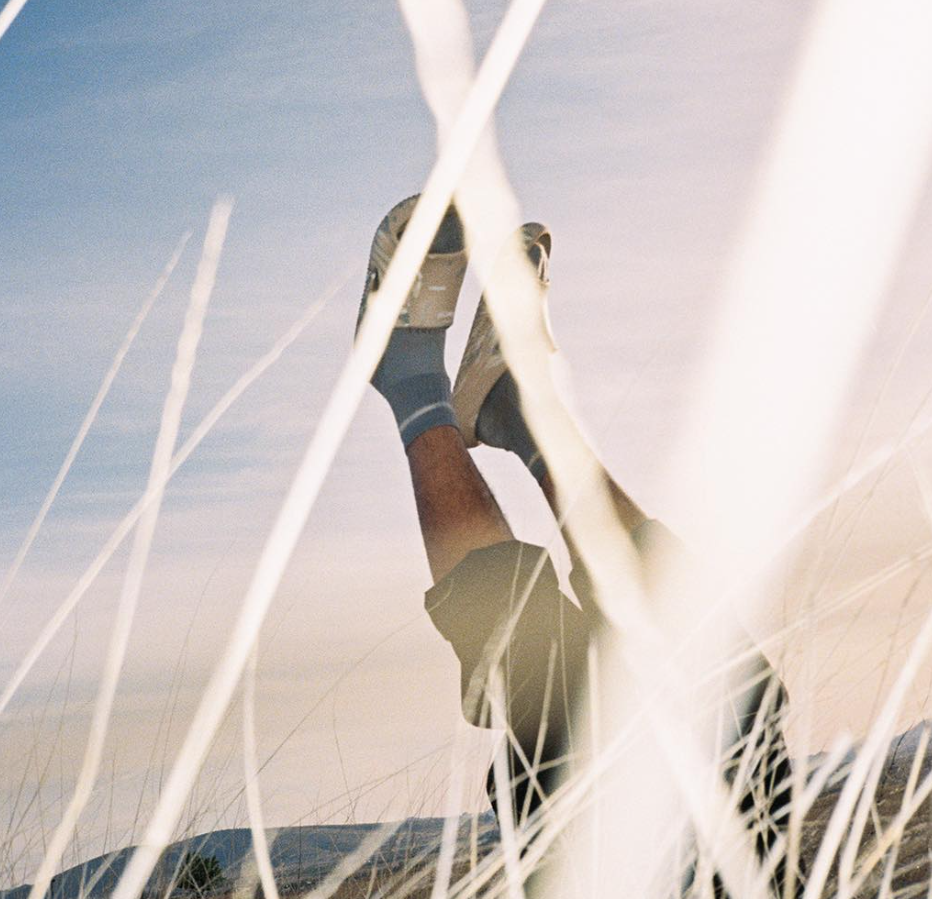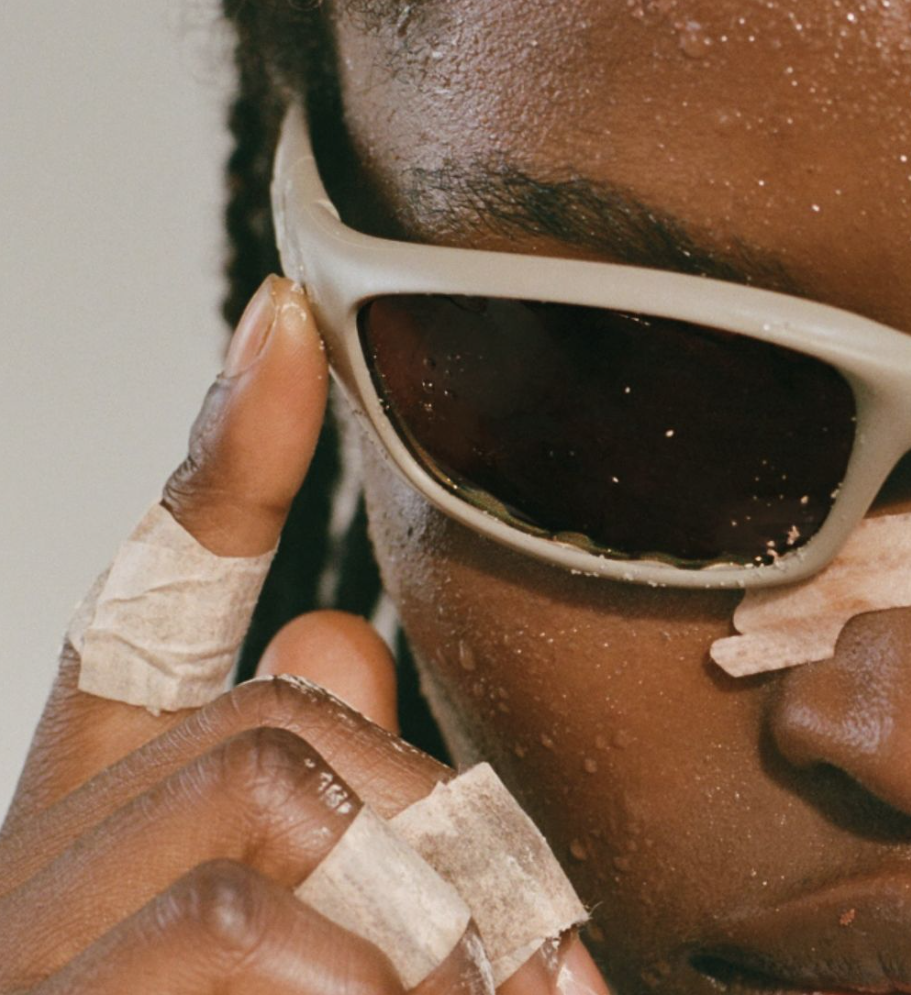Part One: Body
How do we visualize the interior experience of intuitive running?*
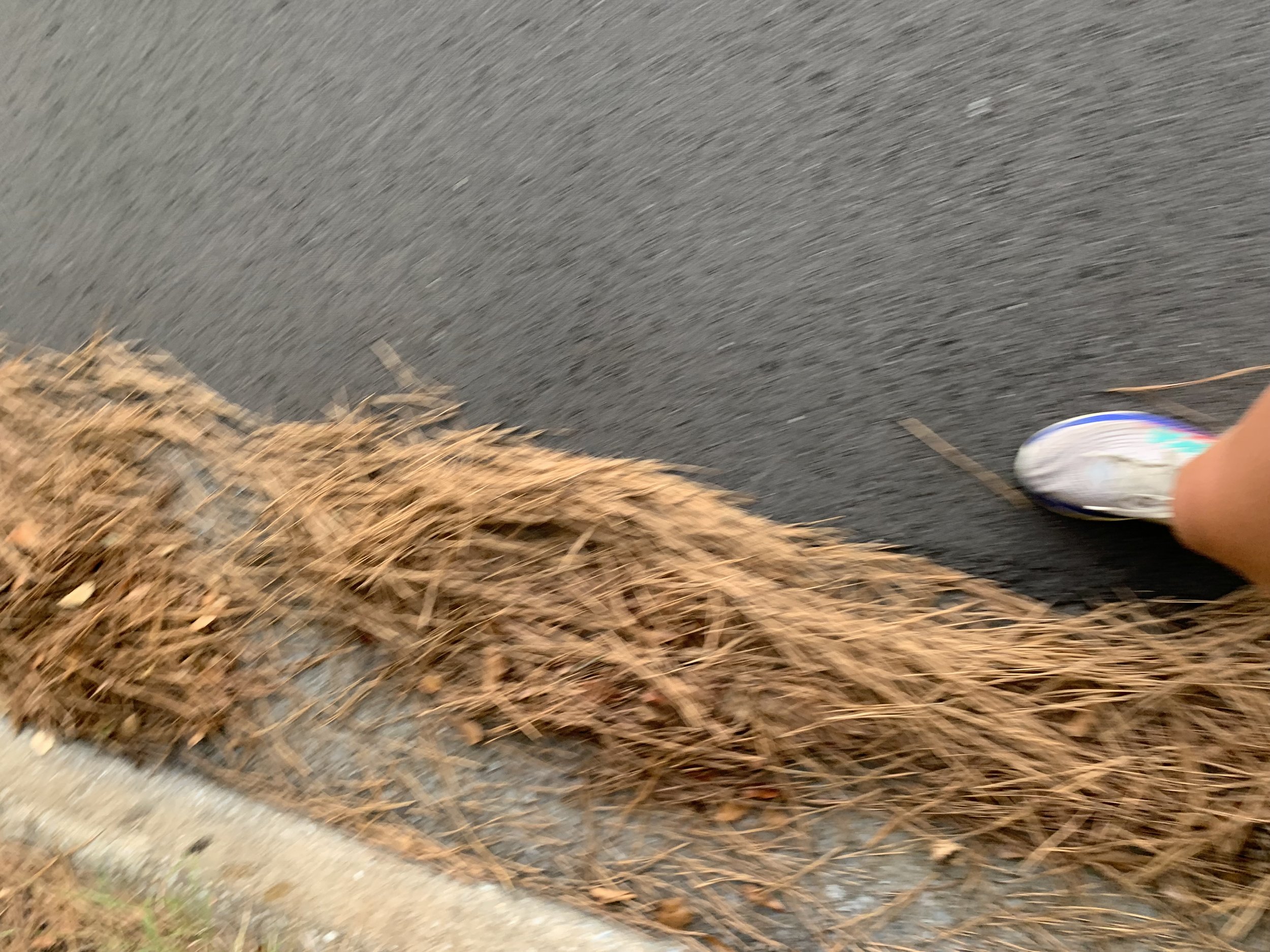
This 90-second short film will take place in the summer, and will explore the questions, ideas, and themes of:
Being a Body and having a body
Exploration of running as liberation of Body / freedom
Practicing self advocacy → advocating for time, space, the ability to be here
Moving through the world as subject vs. object.
Mood
a balance of ethereal / poetic, and physical / grounded.
The first part of this series will explore embodiment through the context of running, and will question what being embodied feels like. It will also consider that it is perhaps by embracing and honoring our physical limitations that we might find freedom in and oneness with our bodies.
Conversations around embodiment are often wrapped up in the perception of our bodies (whether it is self-perception, or someone else’s perception). Even when the emphasis is on “loving your body,” I believe the resulting understanding of embodiment has become increasingly fragmented, abstract, and disorienting.
In an effort to illustrate body (and embodiment) in a more subjective, holistic way, this piece will explore the sensations* of being a body, relying on an array of abstract visuals to communicate the sensory experience of a run.
The thing that most excites me about this piece is that it will attempt to illustrate the interior landscape of a person who is traversing their exterior landscape on foot. While the internal and external experiences are linked, there is not a direct one-for-one. All this to say, this piece might feature glimpses of a person on a run, but will also contain more abstract visuals that are representative of high-level themes.
Visually, this piece will rely on the interplay between light, shadows, and various perspectives to explore a new kind of narrative around running, and to illuminate the ever-present oscillation between subject and object* we experience.
This piece will also feature a scripted voiceover, putting voice to the ideas and themes represented in the visuals.
-
I’m talking about something personal; about subjectivity; embodiment.
About sweat that won’t evaporate– being pressed between sun and pavement, the pressure of that becoming the most real thing.
About finding peace in air becoming solid. Comfort as each breath becomes something tangible. Sometimes quick, thin– it escapes you; sometimes textured, rhythmic and deep.
I’m talking about thighs touching and rubbing together; the chafing under right armpit.
About the strange familiarity of that– knowing the space you occupy, one edge of yourself pressing against another.How there is nothing outside of here– how body meets air, sun, sky, road all at once; how sometimes earth gives underfoot, how sometimes it strikes back.
I’m talking about feeling tethered to something real, feeling wind on face, feeling shoulders and back growing tired, finding freedom in body’s constraints.
When I talk about running I’m talking about trust– trusting legs. Legs trusting you.
About heat and cold and exhaustion and relief.
About exertion, about hope, about chest expanding joy caught in my throat.
About breathing in and out.
References
Visual, thematic, things I like, etc.
District Vision
Visuals pulled from IG
Elements I like
Use of perspective, light and shadow; texture; featuring details of human body in a way that does not feel like objectification; feels organic, full of movement without relying on intensity
Satisfy Running
Visuals pulled from IG
Elements I like
Grittiness, humor, styling, details, texture
-
While the references included are undoubtedly inspiring, I am aware that they participate in depicting running and runners in the way our culture so often portrays them to be– white, thin, male, and fast.
Both District Vision and Satisfy have amazing style and creative direction, but they both also fall into the trap of glorifying a particular kind of runner, and relying heavily on the external perception of that runner's body, none of which forge any new creative pathways as to what a running practice is, and who it is for.
While I can understand that this archetypal image of "runner" is what sells (and both of these brands rely on sales to stay afloat) I hope that "Part One: Body" will be far more focused on the experience of running, far less focused on the perception of the runner, and thereby feel inherently more inclusive, or at the very least not perpetuate the current stereotypes of who runs and who does not. -
I am aware that the way I exist in the world impacts my perspective on running. I am also aware that I inevitably have blind spots that I cannot simply wish away.
Because of this, the visuals featured in this piece, the narrative around the felt sensation of running, and the visualization of the interior landscape of running does not claim to represent the whole (i.e. I am aware that this piece will be a glimpse into my experience of running, which does not represent the universal experience of running).
That being said, over the course of the narrative development for this project, I have conducted thorough research both into literature surrounding embodiment, running, and subject vs. object, and am collecting several audio interviews exploring other runners' experience of running.
While I cannot aim to represent "the" experience of running in one 90sec film, I will attempt to capture the essence of "an" experience of running.
*Founder of The Public Run Club, Karly Borden coined the term “Intuitive Running” through her work with The Public Run Club, and was also the first person I know who has questioned what it would mean for us to represent the internal experience of intuitive running.
* When using language around “subject” and “object” I am referring to Eavan Boland’s writing around the tradition of objectifying women in literature, and the need to carve out a new space where female authors could be subject, without objectifying, tokenizing, or emblematizing the female. While Boland applies this thinking to her prose and poetry, I am interested in exploring what the female body as subject feels like on a run.
*In thinking about felt, lived sensations and the intuitive knowledge that they reveal, I am drawing on Audre Lorde’s definition of “the erotic” in her essay, “Uses of the Erotic: The Erotic as Power.”
* One trap that much of the running content I see falls into is mistaking “intensity” for “intimacy” (Richard Rohr). While running can be intense, I believe there is a false assumption that intensity, especially intensity of feeling or sensation, necessarily fosters connection and embodiment. I plan to challenge this assumption in this piece, which will attempt to balance leisure / self nurturance and exertion inside of a running practice.
